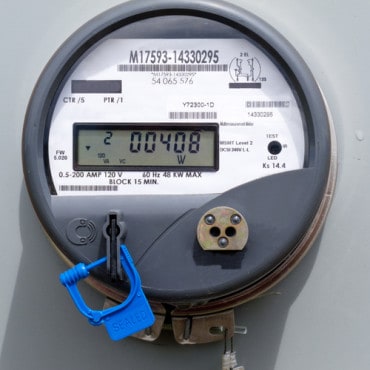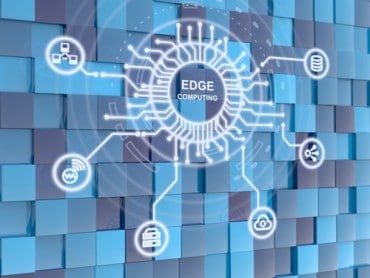
IoT infrastructure is one possible way to build an edge computing environment.
Internet of Things (IoT) and edge computing are among the hottest buzzwords today. And although they don’t necessarily go hand-in-hand, pairing IoT with edge computing is one common strategy for getting the most value out of both categories of technology.
IoT is any network of non-traditional devices that are connected to the Internet in some way. “Non-traditional devices” in this context means devices like sensors, medical devices, and smart-home systems, as opposed to traditional devices such as PCs and servers.
The history of the IoT stretches back decades. But it has only been within the past several years — or the last decade, perhaps — that the IoT has finally matured and proven its readiness for large-scale real-world use.
Edge computing is a type of computing architecture in which data and processing take place as close as possible to end-users. It’s the opposite of a conventional cloud computing architecture wherein data and processing are centralized in cloud data centers.
The big idea behind edge computing is that when workloads are hosted closer to users, network latency and reliability decrease, leading to a better end-user experience.

IoT and edge computing dependencies
You don’t need IoT devices to build an edge computing architecture. You can host edge applications on any type of infrastructure, provided it is located closer to end-users than central data centers.
Thus, a conventional server deployed in a retail store that can handle payments faster than a remote data center could be an example of edge architecture. Even PCs that handle data storage or processing that would otherwise take place in the cloud could be considered a form of edge architecture.
You also don’t need an edge architecture to use the IoT. You can deploy IoT devices and manage them from traditional data centers located at the network’s center.
IoT devices at the edge
All of this said, IoT devices are one excellent way to build the infrastructure required to create an edge computing environment.
In other words, by deploying IoT devices and using them to handle data storage or processing, organizations can construct an edge architecture.
This approach is especially advantageous in situations where the IoT devices collect large amounts of data, and waiting for that data to be transferred to a data center, processed, and sent back would take too long to achieve performance goals. Running workloads directly on IoT devices can also decrease security risks by minimizing the amount of data that travels across the network.
The major challenge to using IoT devices as the basis for an edge architecture is that IoT devices aren’t always capable of heavy-duty data storage and processing. If your devices are lightweight sensors with minimal storage and CPU capacity, they may not be capable of meeting your workload performance requirements.
Conclusion
The relationship between IoT and edge boils down to this: IoT infrastructure is one possible way to build an edge computing environment. Increasingly, industry consensus is to position IoT as one of the many use cases of edge computing.







